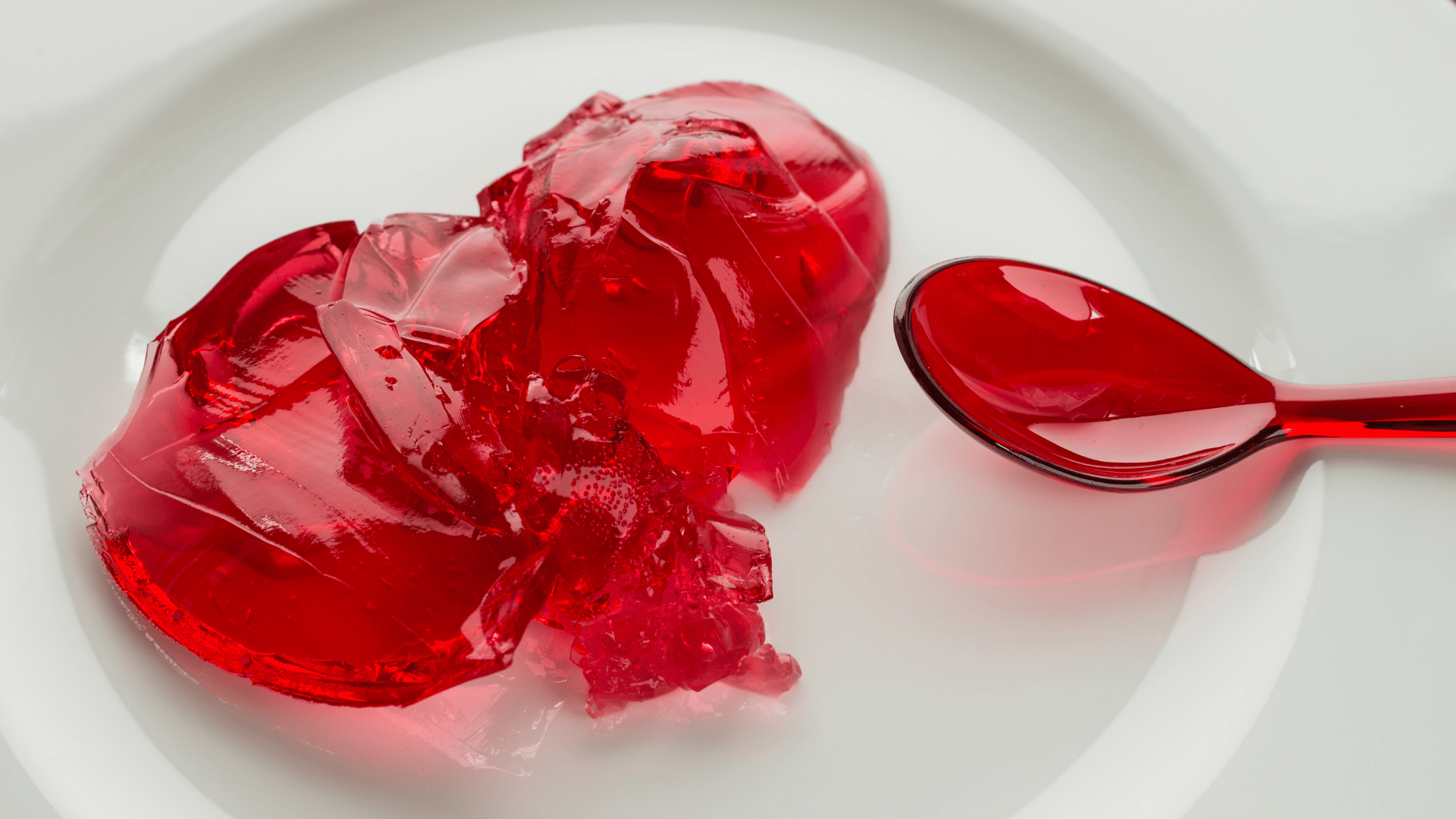In a major public health move, the U.S. Food and Drug Administration (FDA) has announced a ban on Red Dye No. 3 (erythrosine) in food and ingested drugs due to cancer risks found in animal studies. This decision aligns the U.S. with Europe, Australia, and New Zealand, where the dye has already been largely prohibited.
What Is Red Dye No. 3?
Red Dye No. 3 is a synthetic color additive found in candies, baked goods, and some medications. Though the FDA banned it in cosmetics and topical drugs back in 1990 after studies linked it to cancer in lab rats, it remained legal in food—until now.
David Sarwer, PhD, Director of the Center for Obesity Research and Education at Temple University's College of Public Health, explains why artificial additives like Red Dye No. 3 have long been a concern:
"Many of these concerns have focused on potential links between these products and cancer. With obesity rates skyrocketing over the past 40 years, many scientists and consumers are also questioning whether artificial ingredients play a role."
Why Is the FDA Banning It Now?
The FDA’s decision follows the Delaney Clause of the Federal Food, Drug, and Cosmetic Act, which prohibits any additive found to cause cancer in animals or humans. While no human studies have directly proven Red Dye No. 3 causes cancer, the FDA is taking a precautionary approach based on available evidence.
The phase-out will take time:
- Food manufacturers must eliminate Red Dye No. 3 by January 2027
- Drug manufacturers have until January 2028 to comply
Dr. Inkyu Han, an environmental health scientist at Temple University specializing in exposure assessment and environmental epidemiology, explains why any level of exposure may be risky:
"Some argue there’s no direct evidence food dye causes cancer in humans. But when it’s classified as a possible carcinogen, there’s no truly safe threshold. If safer alternatives exist, why use it at all?"
How Are Experts and Consumers Reacting?
Consumer advocacy groups like the Center for Science in the Public Interest (CSPI) have long pushed for Red Dye No. 3’s removal, arguing that safer alternatives exist. Many parents welcome the ban, though some express frustration over the long phase-out timeline.
Meanwhile, food marketing experts point out that bright colors and fun branding make artificially colored products more appealing to children. Sarwer explains:
"Companies use cartoon characters, celebrities, and bright packaging to make products more desirable to kids. These are intentional choices backed by consumer research."
What’s Next?
This ban may be just the beginning. Other synthetic dyes and food additives linked to health concerns could face greater scrutiny and potential regularion in the future.
Still, avoiding artificial ingredients isn’t always easy, as Sarwer points out:
"A trip to the grocery store is a reminder of how hard it can be to make the healthiest choices. While it’s simple to recommend fresh foods, marketing, packaging, and sheer product variety make that tough in practice."
As the phase-out begins, expers encourage consumers to check ingredient labels and choose naturally colored or dye-free alternatives whenever possible. Han adds:
"If safer alternatives are available and economically feasible, there’s no reason to keep using Red Dye No. 3."
The FDA’s decision marks an important step toward protecting public health—but for consumers, the real challenge will be navigating food choices in a market still saturated with artificial additives.

